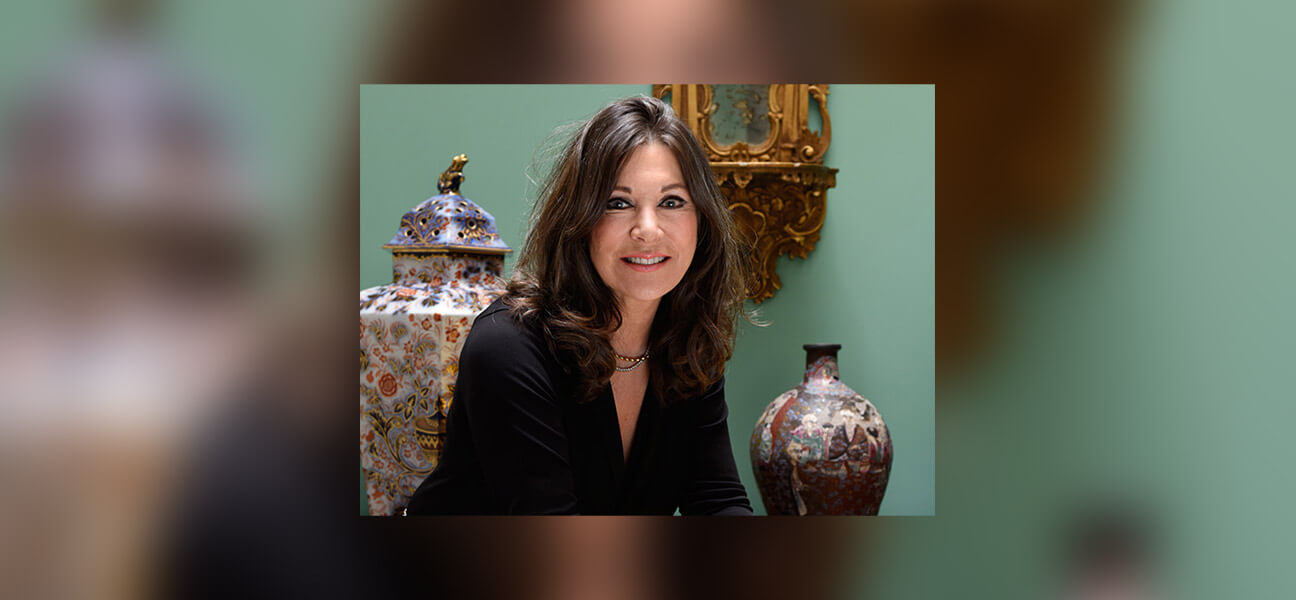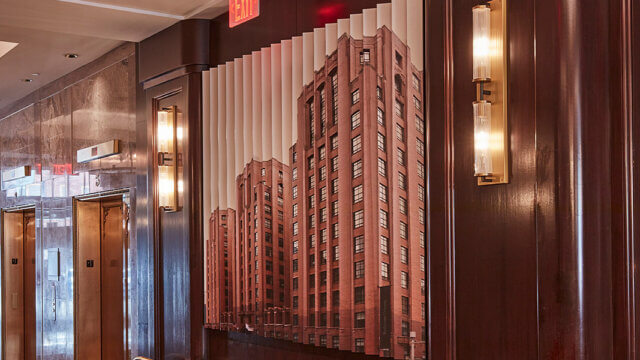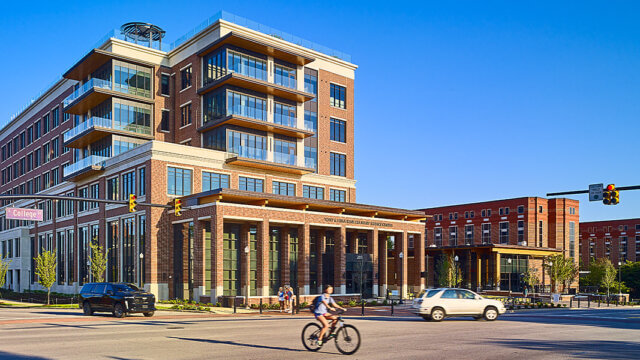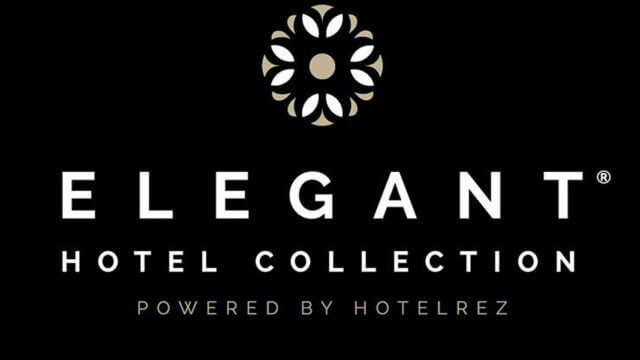This month, the world takes a moment to pause and appreciate the strong, visionary women in their lives. For Women’s History Month—and to honor these women ourselves—we spoke with the inspirational Naomi Heaton (pictured above), CEO/founder/co-owner, The Other House, a revolutionary lifestyle brand that’s opening its first outpost of Residents’ Clubs—The Other House South Kensington. The Other House is a blend of the hotel, private members club and private residences, where guests can stay for few nights or a few years.
Heaton walked us through the innovative hospitality concept and even gave us a peek into her passion for the industry, which, in turn, has fueled her success as a female hotelier:
Why hospitality? What do you love about the industry?
I love hospitality for the infectious energy that powers so much of the industry. Many of the people who work in hospitality are, by nature of their chosen vocation, naturally social and have a genuine love of people and life. It’s a dynamic sector that challenges you and there is such an opportunity to change the old conventions. It is time to meet the rapidly changing needs of today’s generation of travelers and to create an offering that is consumer-led, not product-led. I love the idea of doing things differently within this industry.
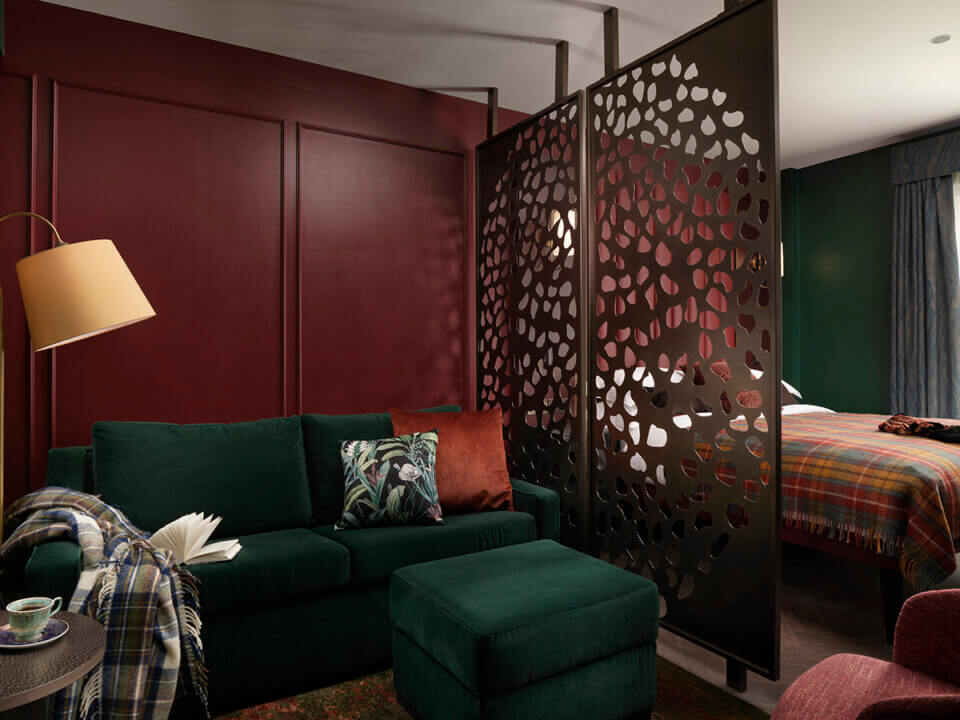
Can you provide a snapshot of your hospitality career? How did you get your start in the industry?
After graduating from Oxford University, I was attracted to the glamour and lights of London and went into advertising, ultimately becoming a director of Saatchi and Saatchi and other major agencies. However, along the way, I caught the property bug and founded London Central Portfolio, which represents investors in the rental sector in Prime Central London, acquiring, refurbishing and managing residential property. It was there, as CEO, that I saw the rental market change, including a shift to smaller units as tenants sacrificed size for location, particularly overseas visitors who want to be where it’s at. An increasing desire for interior designed aspirational interiors followed and, ultimately, a desire for services 24/7 as we entered the digital era. What our tenants were actually looking for was to couple the sense of place they get from residential living with great interiors and hotel-style service on demand. At the other end of the spectrum, transient hotel guests were looking for a much more local, informal and home away from home experience. That’s when I recognized the need for a new approach to hospitality bringing the best of both sectors together, breaking down the traditional differences and catering for any length of stay. After a decade of observation, experience and scrupulous research, we are about to open our first Resident’s Club early this summer. We are delighted to have APG, the largest pension fund in the Netherlands as our investment partner.
What has the journey been like for you being a female in this industry?
My entry into hospitality, although long in the making, is relatively new. However, at no point in my career have I felt there were barriers to personal development or “glass ceilings.” I was lucky to have a great mentor in my early career, but other women have not been so fortunate and I am always keen to support and help them develop. Some industries are of course behind the curve and during the development phase of The Other House in South Kensington, I could see that the construction team was unused to having a female in charge. With that said, I do enjoy the energy and social aspect of the hospitality industry, it’s hugely invigorating and thus far, everyone I’ve met has been very welcoming.
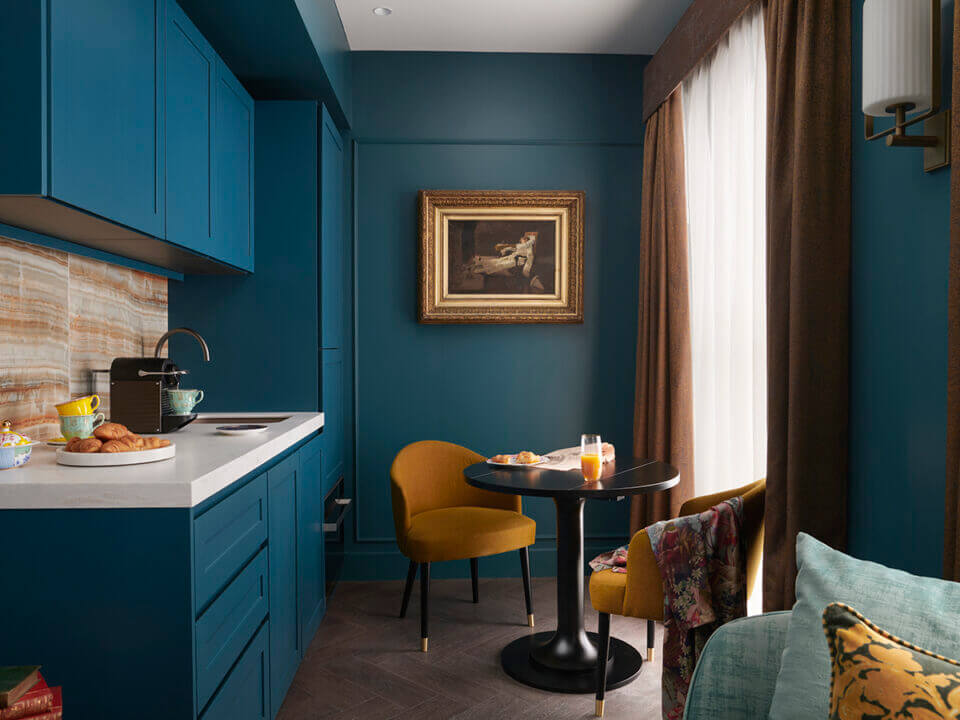
What challenges and/or opportunities have you encountered?
As a core part of our commitment to sustainability, we renovate historic buildings that are derelict or no longer fit for purpose, rather than build new from the ground up. Whenever you renovate and refurbish a historic building, there are challenges and surprises as you begin to peel back the layers and this has been very true of our site in South Kensington. We also use eco-friendly materials and processes and are rigorous about researching our supply chain to ensure they adhere to sustainable practices—this creates additional challenges, but none of which are insurmountable. And of course, working right through the pandemic posed inevitable problems. But The Other House has also been a fabulous opportunity to develop, operate and create a new brand from the ground up—to rewrite the rule book.
Let’s talk about The Other House. How is it unique from other hospitality experiences?
We are creating an entirely new sector within hospitality—Resident’s Clubs. Resident’s Clubs blur the lines between hotels, serviced apartments and private rentals, acting as a second home for residents however long they want to stay, whether it’s a day or year. Think hotel meets private members’ club—providing a new sense of place, ownership and engagement, with spaces that enhance the overall guest experience.

What kind of guest are you targeting?
Our flexible model of allowing guests to stay with us a day, a week or even a year, means that we will have a broader range of guests than a traditional transient hotel model. They could be here on business or leisure, they could be with us to study or using us a pied a terre. However, they will share our values, be people who care about making a positive environmental and social impact and who search out and value new and varied experiences. They are all on different journeys but know where they want to be.
Are you seeing a rise in these types of hospitality experiences in Europe? What about in the U.S.?
The Other House is creating an entirely new category within hospitality, so it’s a first. The concept was born from seeing the needs of consumers shift and identifying a gap in the market, so there certainly is a need and a place for this style of property and facilities within the marketplace. The growth of slow travel, the desire for experiences and the increasing requirement for tech solutions are the future. Our own expansion plans are focused on prime central London initially, then other cultural hubs such as New York, the Middle East, Asia and European capitals that marry culture and business.

What need is The Other House fulfilling in London? What are London guests looking for?
We noticed that whilst hotels can be very good at offering services, they haven’t traditionally been very good at placemaking. We also noted a change, with guests wanting to connect to the local community and live like residents, rather than being treated as transient guests. This is particularly true in London, which, unlike many other global capitals, is comprised of “villages,” each with its own distinctive personality. We want to place our Resident’s Clubs in the heart of these “villages” and allow our guests to live like locals, be it a day, a week or a year. This is also achieved by giving our residents access to exclusive bars, fitness and wellness facilities in our Members’ Club as long as they are with us and for soaking up the local vibe, we have an amazing destination bar and street-café.
How are The Other Houses’ amenities and operations different from other hotels in the area?
Two of our key pillars are sustainability and tech. Sustainability is the starting point for all decisions we make within the business, so this naturally affects our back-of-house operations and the guest experience. Our super-intuitive Other House app plays a big part in supporting our sustainability agenda. From the app, not only can guests summon a lift, open the door to their Club Flat, order housekeeping and live-chat to one of our House Jacks (front-of-house team), they can also monitor the energy consumption of the building and have completely paperless interactions, creating a seamless and much greener guest journey.
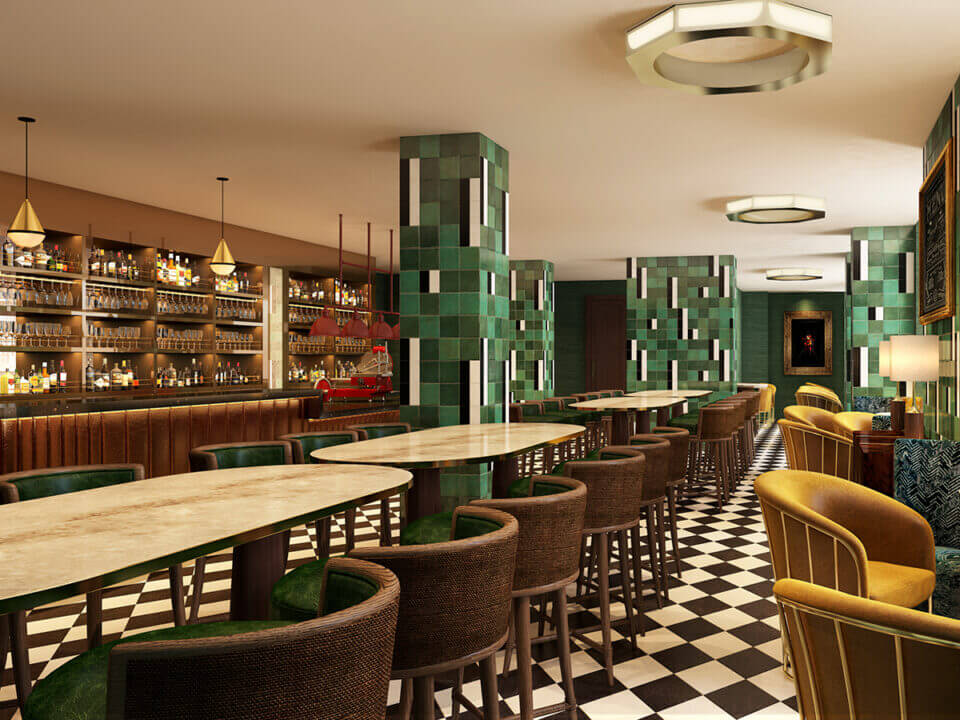
Can you detail the Club Flats? How are these helpful to the London guest?
Residents have their very own Club Flat, each cleverly designed to maximize space usage with a separate living area, which, unlike hotels, you always enter first with a kitchenette for cooking or entertaining and a bedroom with loads of wardrobe space. All beautifully interior designed, saturated with bold colors and layered with velvets, British tweed and wool. Think an eclectic mix of Vivienne Westwood and Alexander McQueen. As well as our private Member’s Club, we provide private dining rooms, meeting rooms, a screening room, a library and for local atmosphere, we have a destination bar and street café. This allows guests to live like locals and given our locations within prime central London, the best of London is right on their doorstep.
What advice do you have for aspiring female hospitality leaders?
It’s the same advice I would give to any aspiring female leader, regardless of the sector they work in—don’t let traditional barriers stop you from achieving your goals and future ambitions. In my early career, I had the privilege of being a board director at Saatchi & Saatchi, I then innovated in the residential sector and now, I’m excited to create and introduce an entirely new sector to the hospitality industry. Almost anything can be achieved with hard work, insight and determination. Never let roadblocks get in your way. Find routes around them and you often end up with a better solution.

Any other plans or goals for 2022?
Our biggest plan for 2022 is to open the doors at our first Resident’s Club in South Kensington. We are on track to officially open in early summer and cannot wait to welcome our first residents, members and guests. We are also shortly to break ground at our second site in Covent Garden which is immensely exciting, and we intend to make more acquisitions in 2022.
Is there anything else readers should know about you or The Other House?
Watch out for more news about future openings—our plans over the next five-10 years are ambitious—you may soon find The Other House in a ‘village’ near you.
